Reading time: 10 minutes
Alaska is at the forefront of climate change. Because of its northern latitude and seasonal changes in sea ice, the state is warming at two to three times the rate of the global average. Rising temperatures can be tied to most of the effects of climate change in Alaska. Reduced ice coverage, including shrinking glaciers, retreating sea ice, and thawing permafrost, are all serious impacts of rapid warming. Meanwhile, much of Alaska has seen increases in precipitation, with more of that precipitation falling as rain than snow. However, portions of the Cook Inlet and eastern Interior Alaska are experiencing a long-term decrease in precipitation. These changes to temperature, precipitation, and ice have a diverse range of effects, including extreme droughts, reduced snowpack, changes in sea level, ocean warming and acidification, large wildfires, and more impactful heatwaves.
Rising Temperatures
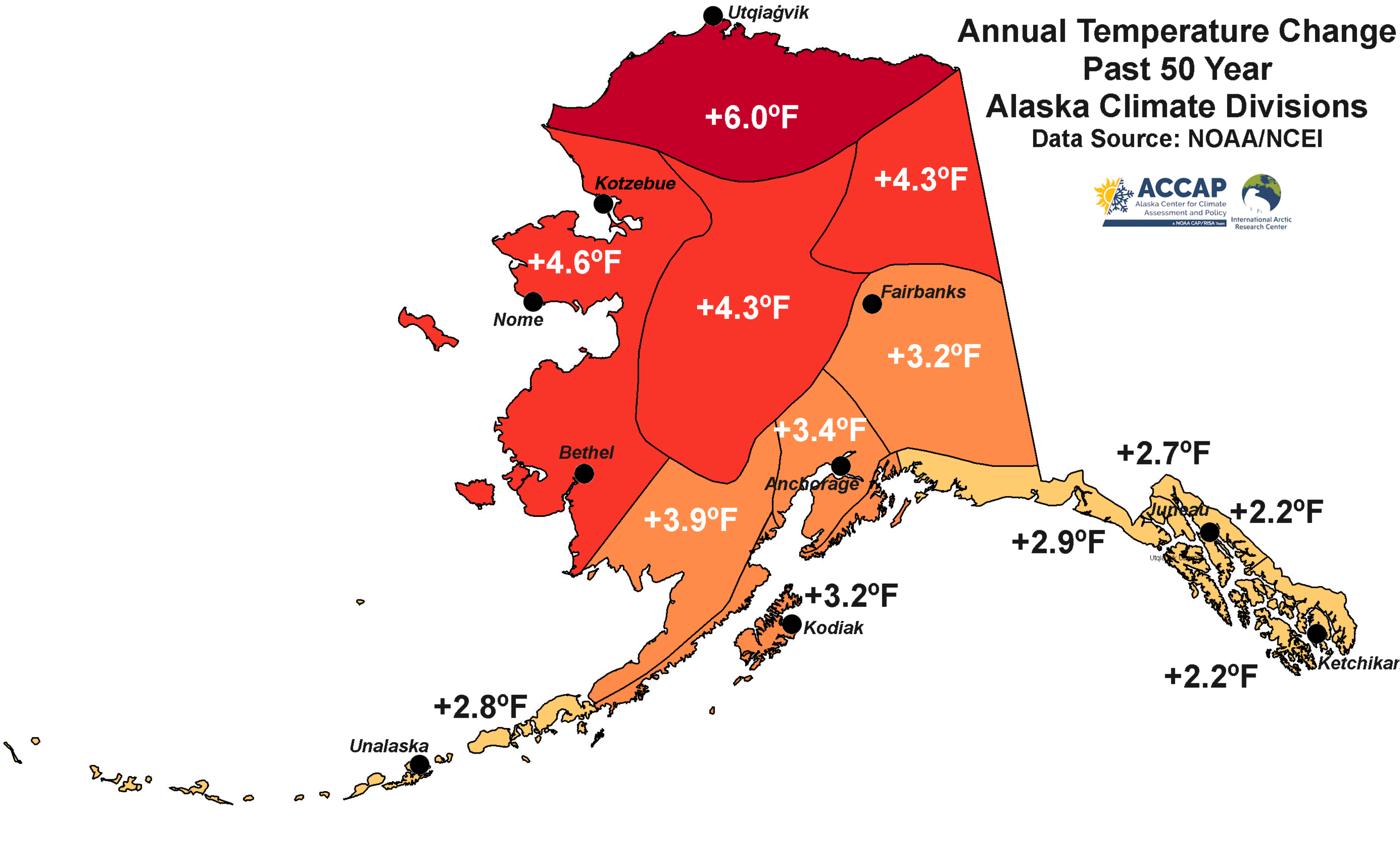
Increases in average annual temperatures since 1971 have ranged from 2.2°F in central Southeast Alaska to 6.0°F on the North Slope. In addition, 2016 and 2019 were the two hottest years on record. For the period 1950–2017, 75% of the annual average warming in Alaska can be attributed to greenhouse gas emissions. Alaska’s statewide annual average surface air temperature is projected to increase by 8.1°F to 14.2°F by the end of the century, relative to the 1981–2010 period.
Heatwaves have grown increasingly impactful throughout the state. For example, in 2019, extreme heat in Southern and Interior Alaska led to record high temperatures in Kenai, Palmer, and Anchorage, and uncharacteristic events such as large fish kills and extensive fires.
One fire associated with the 2019 heat wave was the 170,000-acre Swan Lake Fire on the Kenai Peninsula, which led to the most expensive fire suppression effort in Alaska’s history. Wildfires are a natural disturbance in boreal forest and, more unusually, tundra ecosystems in Alaska. However, rapidly warming temperatures and extended dry periods in spring and summer increase the risk of large, severe wildfires that can threaten lives, infrastructure, and resources. Warmer, drier summers have increased the frequency of large fires over the last 20 years, including reburns of recently burned areas. By 2050, burned area is projected to increase 24 to 169% in Alaska. To learn more, visit our Climate Change and Wildfire in Alaska page.
Changes to Precipitation
Overall, precipitation across Alaska has been increasing slightly, but trends vary considerably by location. Precipitation has very slightly decreased in portions of Interior and Southern Alaska, whereas precipitation has increased by 35 to 45% since 1973 in parts of the North Slope. More precipitation is beginning to fall as rain rather than snow, as temperatures continue to rise.
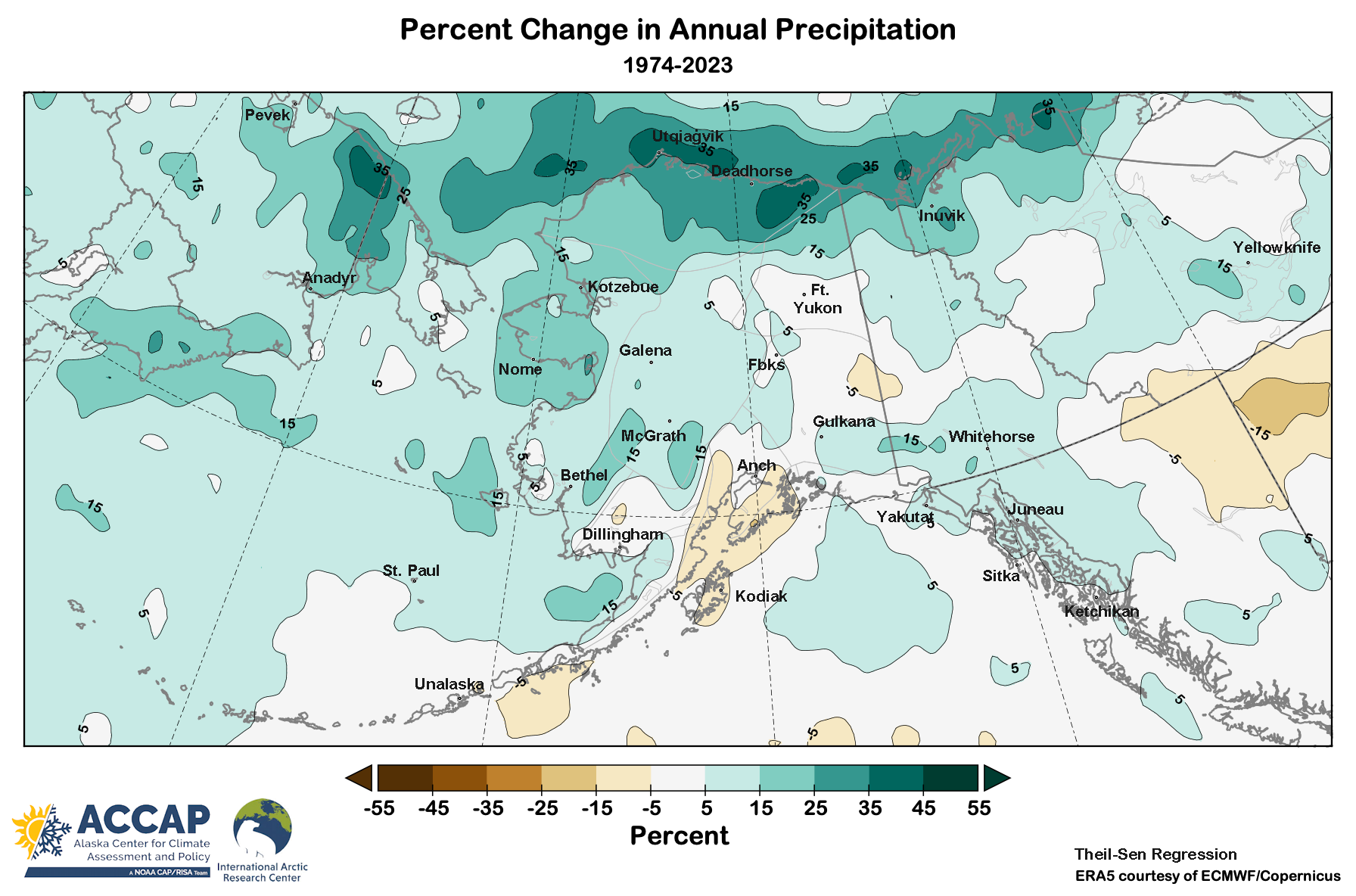
Snowpack is changing. Snowpack is the seasonal accumulation of snowfall that typically melts in late spring and summer, releasing water into streams, rivers, lakes, and reservoirs over time. The snowfall season is expected to decrease across Alaska, with snowpack decreasing by 20–90% in Southern and Western Alaska due to increasing temperatures. However, some high-elevation or very cold parts of Alaska could see few changes, or even increases in snowfall, because temperatures remain below freezing for much of the year. Across much of the state, snow is melting earlier, exposing vulnerable plants and permafrost to earlier spring drying and warming. Changes in snowpack can also alter runoff timing, which can impact the water available for drinking, hydropower, and irrigation.
In freshwater environments, rising temperatures can cause snowpack runoff to occur earlier which can lead to reduced summer stream flows in snowpack-fed waterways. Likewise, snowpack runoff maintains low temperatures in lakes and streams. If snowpack runoff occurs earlier, stream and lake temperatures could increase in summer months, leading to lower levels of oxygen in water (hypoxia), which could make it difficult for fish and other aquatic species to survive.
Instances of extreme precipitation are also increasing throughout Alaska. For example, a succession of extreme precipitation hit Alaska in 2022. In some parts of Southern and Southeast Alaska, the July to September period was the wettest on record. In September, Western Alaska experienced heavy rains and flooding associated with ex-typhoon Merbok. The year 2022 had the third wettest summer in the past 73 years. In 2021, heavy precipitation occurred in Northwest Alaska, raising the water level of the Noatak River to the level of local homes and infrastructure. In 2020, following three years of drought, Southeast Alaska experienced a period of heavy precipitation, causing several dangerous landslides to the region. Frequent heavy rain can accelerate permafrost thaw, erode riverbanks, and damage waste disposal sites, roads, airways, and buildings of coastal and riverine communities.
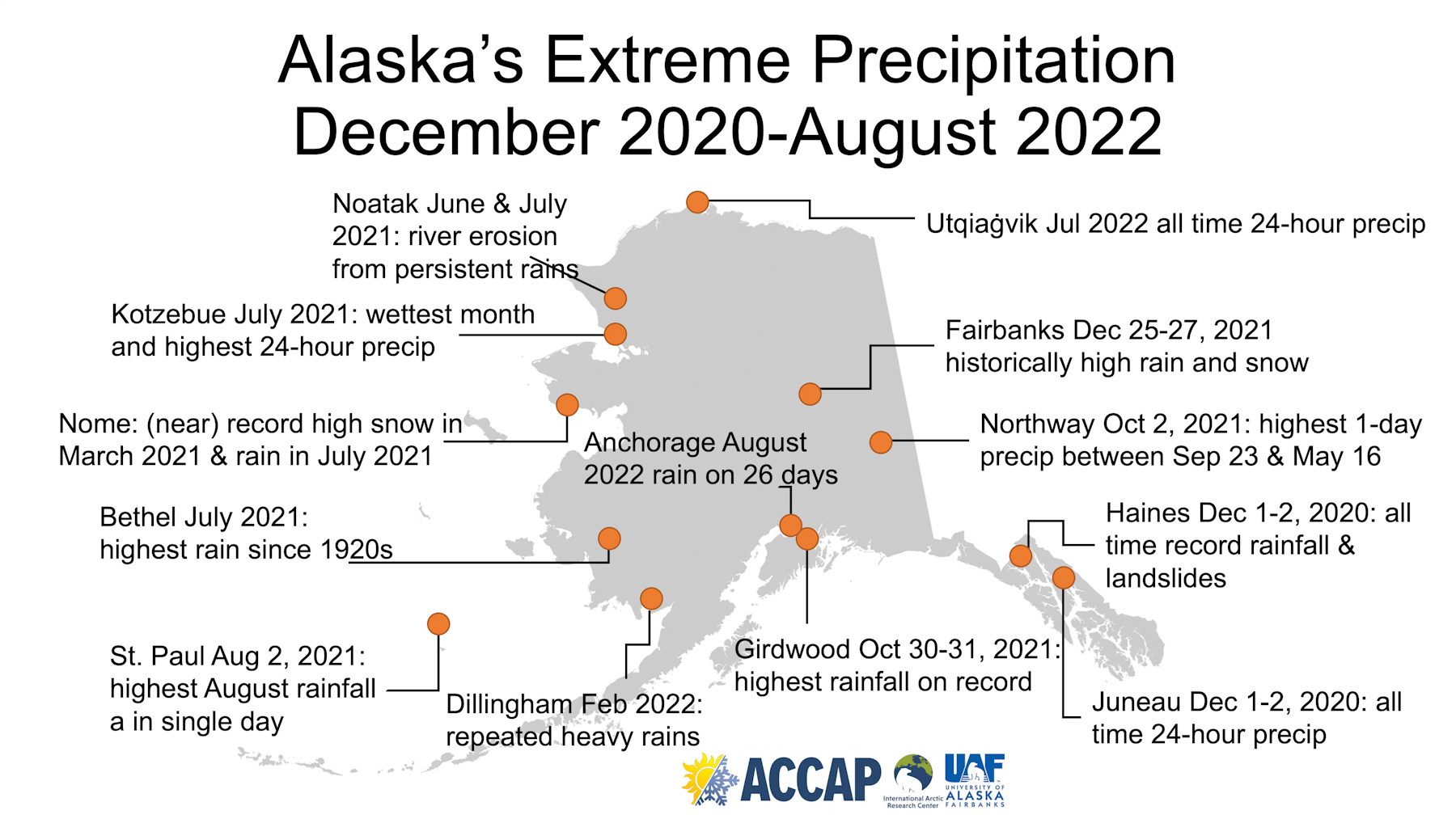
Recently, parts of Alaska have experienced extreme drought. Drought can affect agriculture, aquatic ecosystems, and industry by altering the availability of water. For example, although Southeast Alaska is one of the rainiest areas in the country, it was affected by extreme drought from October 2016 to December 2019. This drought caused numerous impacts, including harmful algal blooms, increased insect outbreaks in forests, and increased power costs for communities. In another example, the summer of 2019 brought drought and high temperatures to southern Alaska, causing widespread mortality of Pacific salmon that impacted wild-harvest (also known as subsistence) and commercial fishing.
Less Ice – Glaciers, Permafrost, and River and Sea Ice
Rising temperatures are contributing to a shortened snow-cover season, melting glaciers, thawing permafrost, and less predictable sea ice extent in the Bering, Chukchi, and Beaufort Seas. Changes in the cryosphere (the frozen water part of the Earth system) can impact both natural resources and human communities in Alaska.
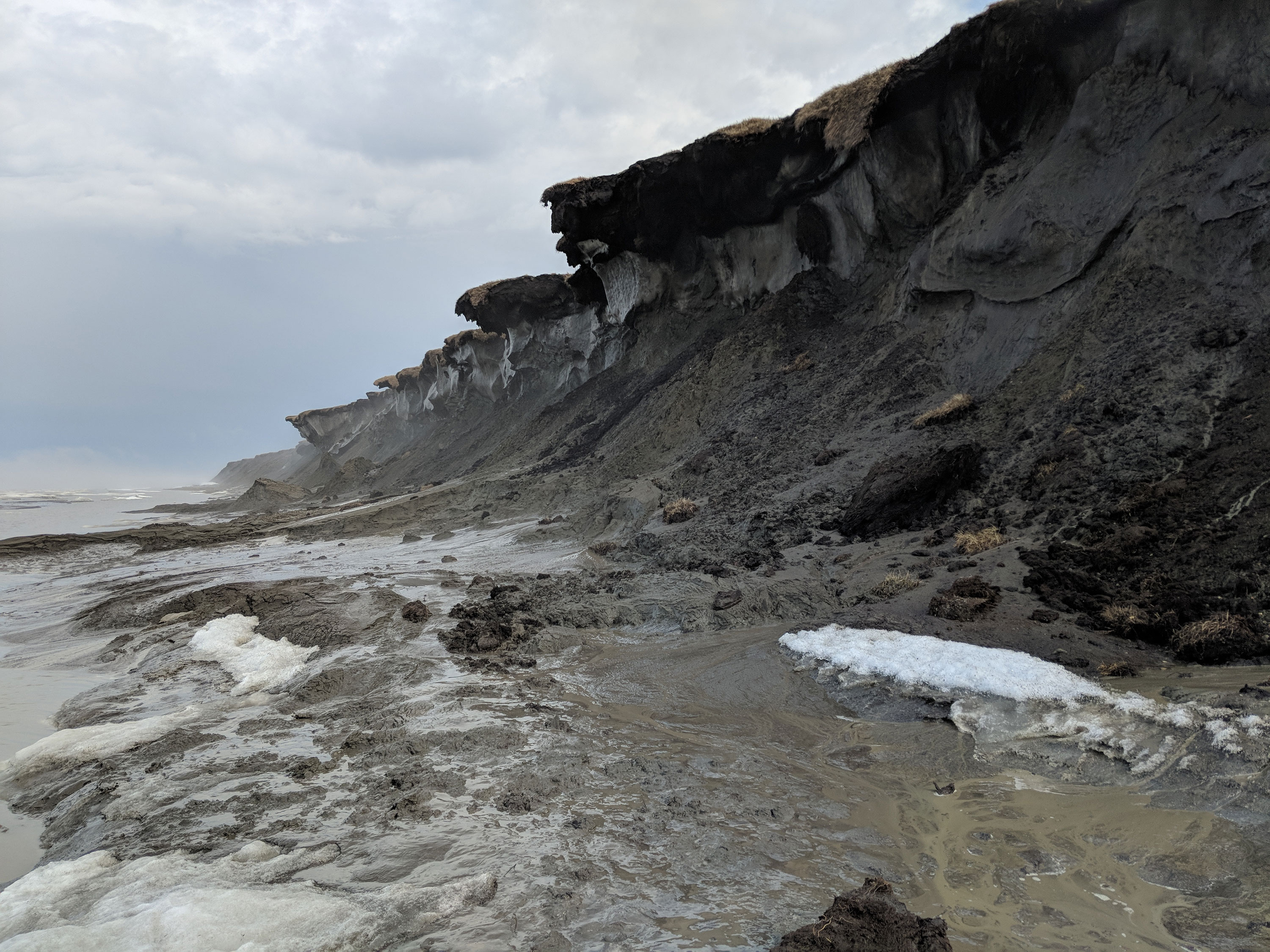
Glaciers in Alaska are melting twice as fast now as they did from 1960 to 2004. About 70% of ice volume lost per year is attributed to land-terminating glaciers. Ice loss will likely increase in coming decades, with the potential to change nearshore food webs in the Gulf of Alaska because of changes in streamflow. Glaciers keep waterways cold and allow cold-water species like salmon to thrive in Alaska. As glaciers melt, freshwater temperatures could increase and affect aquatic species throughout the state. However, new salmon habitat could form in areas where glaciers are retreating. Hydropower (a system that uses the natural flow of moving water to generate electricity) is also affected by altered glacial streamflow. The loss of glacial volume could be one of the more significant causes of rising sea levels in Alaska, affecting tidal wetlands, coastal communities, and erosion rates.
Permafrost (rock or soil that stays frozen for two or more years) is found beneath 80% of ground in Alaska and is one of the planet’s largest terrestrial carbon sinks. As temperatures increase, thawing permafrost will continue to release methane and carbon dioxide, greenhouse gases that contribute to further climate change. In addition, more permafrost thaw will lead to land caving or sinking, which can damage infrastructure such as roads, buildings, and runways. Infrastructural damage, in addition to other factors like coastal erosion, have already forced several communities in Alaska to consider relocation. Certain industries (e.g., tourism, oil and gas production) could see cost increases associated with infrastructure lost to land sinking or caving. In one case, permafrost degradation led to a landslide on Denali National Park Road, forcing the closure of over half the park to vehicles.
River ice breakup is also affected by climate change in Alaska. In Alaska’s southern rivers, breakup now occurs 7–9 days earlier on average than 120 years ago. Earlier breakup can affect rural transportation and infrastructure. In rural and remote Alaska, surface transportation infrastructure is very limited, and ice is used to transport people and goods. As the climate warms, a shorter cold season will reduce the season length for ice-road use and increase the risk of travel on river ice. Early ice breakup affects many Alaskan communities that depend on the predictability of frozen or unfrozen rivers for wild-harvest hunting, fishing, and community connection. Early or rapid breakup can also cause severe flooding and damage to infrastructure.
Sea-ice extent and thickness have decreased substantially over the last few decades, with the two lowest recorded sea-ice extents occurring in 2012 and 2020. Sea ice helps to keep Arctic temperatures cool by reflecting sunlight back into the atmosphere. As sea ice decreases, sunlight is absorbed into the ocean, causing the ocean to warm, air temperatures to rise, and carbon dioxide absorption to increase, leading to further ocean acidification. Because sea ice forms a protective barrier for coasts, decreasing sea ice also results in more storm surges and coastal flooding, which increase coastal erosion.Several rural coastal communities have been forced to consider relocation because of these challenges.
Wild-harvest hunting and fishing are also affected by changes in sea ice, as animals that depend on sea ice must change their migration patterns to reach it. Meanwhile, animals who prefer warmer temperatures are able to expand into environments that were once too cold. For example, increasing water temperatures in the North Pacific have caused some marine fish species to move northward. Altered fish migration patterns could negatively impact fisheries that rely on predictable migration patterns, although new areas for wild-harvest and commercial fishing may open.
Adaptation to a Changing Climate
Communities and government organizations throughout Alaska have created vulnerability assessments, adaptation plans, hazard mitigation plans, workshops, and trainings related to climate change. These documents and trainings can help communities prepare for and adapt to climate impacts. However, the adaptive ability of some Alaskans is limited by economic, social, and political factors. For example, Alaska Natives have cultivated local climate resilience since time immemorial. However, historical policies of land allotment have forced some Alaska Native communities into areas with extreme vulnerability to climate change, such as low-lying coastal deltas at risk of storm surges and floods. The compounding effects of inadequate infrastructure, loss of access to traditional foods, food insecurity, threat of community relocation, impacts to water quality and quantity, and poverty have reduced the adaptive capacity of many Alaska Natives, particularly in rural areas. In addition, government grants that supply aid require applications that can be complicated, time consuming, and inaccessible to many individuals in remote communities. Local coordinators with knowledge of grant processes could help improve access to resources that support climate adaptation for rural and Alaska Native communities.
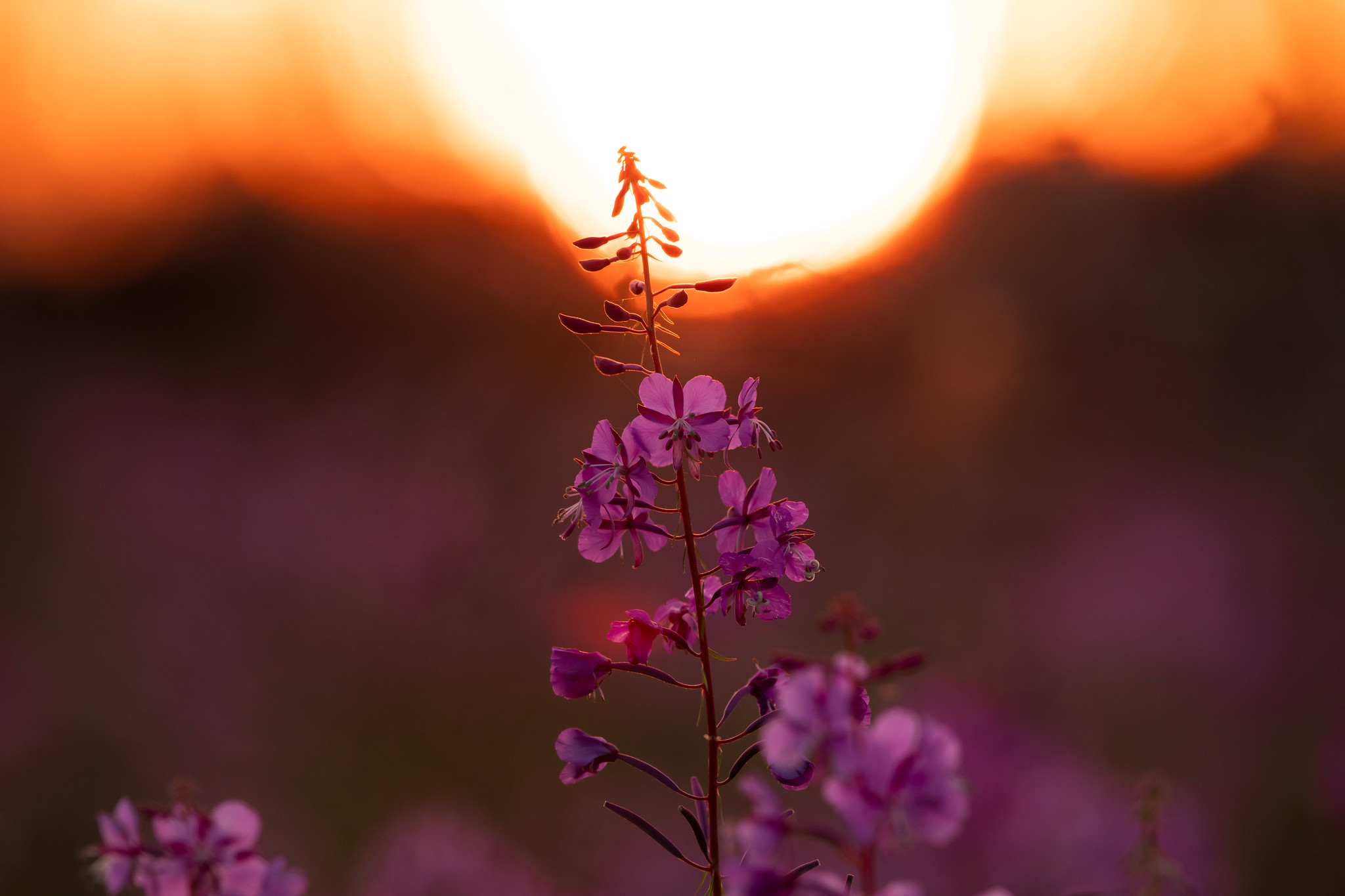
Adaptation practices can help Alaskans adjust to the impacts of climate change. Agricultural practices, such as those found in the Adaptation Resources for Agriculture in Alaska Workbook, can help Alaskan farmers, producers, and extension agents adapt crops to shifting conditions. Many Alaskan producers provide climate-informed agricultural trainings and information, and a growing mariculture workforce is adapting to climate change by growing seaweed (an algae that can store carbon, clean water, and reduce ocean acidification) for food, products, and biofuels. In addition, expanding or shifting workforces can be trained in clean-energy industries such as hydroelectric, wind, and geothermal power.
To protect communities from the increasing threat of wildfires, prescribed fire (the controlled application of fire to reduce fuels and increase resilience to wildfire) can slow the spread of wildfire. Remote sensing (acquiring fire and vegetation data using satellites, aircraft, and drones) can detect wildfire earlier than ground-based observation. Community-centered actions, such as crisis response teams and centers, can help communities as climate change complicates efforts to reduce harm and provide care.
- Fifth National Climate Assessment Alaska Chapter—the Alaska chapter provides background, summaries, and specific information about climate change in Alaska from the U.S. Global Change Research Program.
- Alaska's Changing Environment is a report from Alaska Center for Climate Assessment and Policy that highlights environmental changes and extremes that impact Alaskans lives and livelihoods.
- Arctic Report Card 2023—a timely and peer-reviewed source from the National Oceanic and Atmospheric Administration (NOAA) for clear, reliable, and concise environmental information on the current state of different components of the Arctic environmental system relative to historical record.
- Alaska Terrestrial and Marine Climate Trends, 1957-2021—Thomas Ballinger, scientist at the International Arctic Research Center, is the lead author on this scientific paper that contributes to understanding the changes to the climate system in and around Alaska from 1957-2021.
- Northwest Forests and Woodlands—Northwest forests and woodlands are valuable resources vulnerable to climate change. Learn more about Alaska’s forests from the Northwest Climate Hub.
- Alaska Garden Helper: Growing Degree Days—this tool from University of Alaska Fairbanks allows exploration of growing degree days, growing season, and annual minimums.




